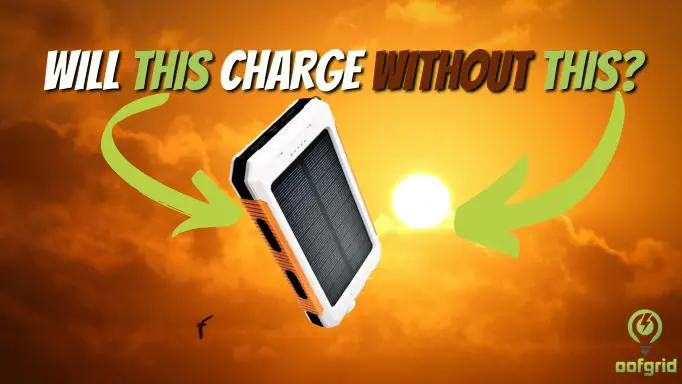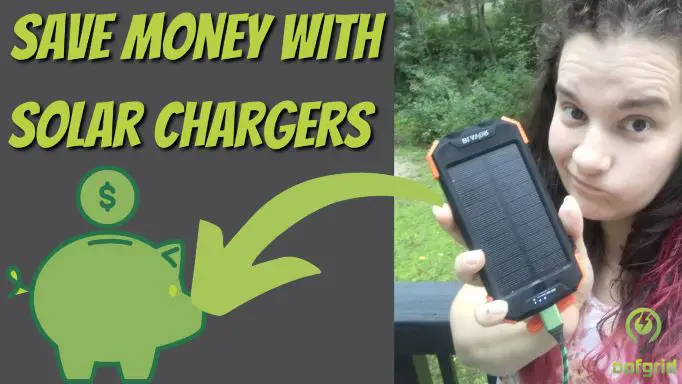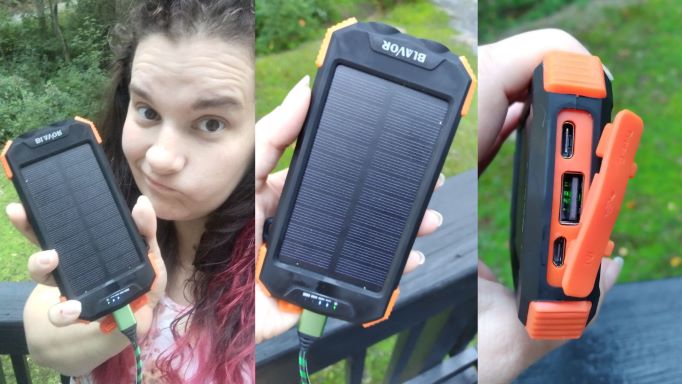If you have any experience with using a household generator, you’ll probably know about – or at least have heard of – transfer switches.
A transfer switch (also referred to as a transfer switch panel) is a switch that essentially allows a homeowner to transfer between 2 power sources.
Transfer switches offer a safer and much more convenient alternative to plugging your generator straight into your mains electricity or using an extension cable.
Connecting your generator to your electrical wiring without a transfer switch can be very dangerous.
Not something we recommend!
Doing so can cause surges and spikes that may not only affect your appliances but potentially seriously hurt any electrical workers who might be in contact with the power grid.
Extension cables, meanwhile, typically don’t allow you to run all of your essential circuits at once.

With a transfer switch, you can establish a permanent, safe connection between your generator and your appliances.
This means that you can simply flip a switch (or sit back and relax if your transfer is automatic) to switch between your main and backup power sources in an emergency.
Transfer switches are now generally considered the best and safest method of connecting a generator to your home – so much so that, in some specific cases, it’s a legal requirement to use one.
Regardless of legal statutes, you should always use a transfer switch if your generator is rated at 5,000 watts or higher.
But what happens if you need to use your <5000-watt generator and don’t have a transfer switch installed?
This article will detail how to connect your generator to your house using an interlock kit instead of a transfer switch.
Contents
What is an Interlock Kit?
An interlock kit is the next best alternative to a manual transfer switch for generators.
As we’ve mentioned, some transfer switches can be automatic, meaning that they transfer the power supply automatically when a shortage is detected.
Other transfer switches, however, need to be manually activated, and this is the kind of switch that an interlock kit most closely resembles.
In much the same way as a transfer switch, an interlock kit can be connected to multiple power sources, one of which can always be used to supply power to your home appliances.

Interlock kits actually have an advantage over transfer switches in the sense that the number of circuits and appliances they can connect to is not restricted.
However, this does come with an elevated overloading risk, which is why transfer switches are still considered the safer option.
That being said, an interlock kit that has been properly installed according to its size and power rating can be a safe and effective way to supply power to your home in an emergency.
Things You Will Need
In addition to the interlock kit itself, you will need a few other tools and accessories to get your connection up and working. These include:
- Circuit breaker (double-pole)
- Electrical wires
- Conduit tube
- Drill
- Screwdriver
- Wrench
- Pliers
- Protective equipment (goggles and gloves)
Remember that the amperage of your circuit breaker will need to be compatible with your main panel.

Installing Your Interlock Kit
Now that you’ve got everything you need to hand, it’s time to get started on the installation.
Ideally, it’s recommended that this process be carried out by a professional.
Not only is it much safer to entrust a qualified electrician with anything involving your main electricity supply, but a professional installation will also help to ensure that all legal standards and requirements are met.
However, there’s no hard-and-fast rule stating that you can’t install your interlock kit yourself, should you wish to do so.
Even if you’re hiring a professional to do the work for you, it’s a good idea to be aware of how the process works so you can have a better understanding of your home’s electrical systems.
Step 1: Assess the Area
The first thing you should always do when it comes to any kind of electrical work is to assess the area for any potential dangers.
This step will involve moving any potentially hazardous or unstable objects or substances out of your immediate vicinity and checking that any existing wires are properly connected and undamaged.
You will also need to make sure that the power is off and stays off for the duration of the installation.
Step 2: Create a Hole
Because generators cannot be used inside or in close proximity to indoor spaces, you will need to have some kind of hole through which your generator can be connected from the outside of your property.
To create such a hole, you will probably need to drill a hole through a section of your wall, ideally as close as possible to the electrical panel.
Step 3: Install the Power Inlet
The next step is to install the power inlet in an outside area that’s far away enough from your home not to pose a safety hazard, but still close enough to connect effectively.
This should be an area that won’t be exposed to moisture.
Step 4: Connect the Wires
Once your generator inlet has been installed, you’ll need to connect your wires.
Pull the wires through the conduit tube one at a time before attaching them individually to the inlet plug. You’ll need your screwdriver for this part.
Step 5: Seal
At this point, your wires should be passing from the power inlet through the hole you drilled earlier.
You will now need to seal the hole to make it completely watertight. Caulk is the most popular choice of filler for this, but you could also use spray foam or another suitable material.
Step 6: Complete the Connection
Now that your wires are connected to the power inlet and fed through your sealed hole, all you need to do is connect the other ends of the wires to your electrical panel.
This is the part of the job that is normally best done by a qualified electrician because things can get a little tricky.
You will need to remove the panel’s cover and install your circuit breaker in accordance with the positioning of your existing ones.
Make sure that the circuit breaker itself is also off before using your screwdriver to connect the wires.
Read our guide on Whole House Generators here.

Summary
We hope that our guide to connecting a generator to your home using an interlock kit has been helpful to you, and that you now feel confident in hooking up your generator without a transfer switch.
This is a relatively straightforward process that you can carry out yourself if you’re looking for a more budget-friendly alternative to a transfer switch.
Remember that you should only use an interlock kit if your generator is rated at under 5,000 watts and if your state’s legislation allows it.
Also, be sure to enlist the help of a professional if you have any doubts or concerns at all.






